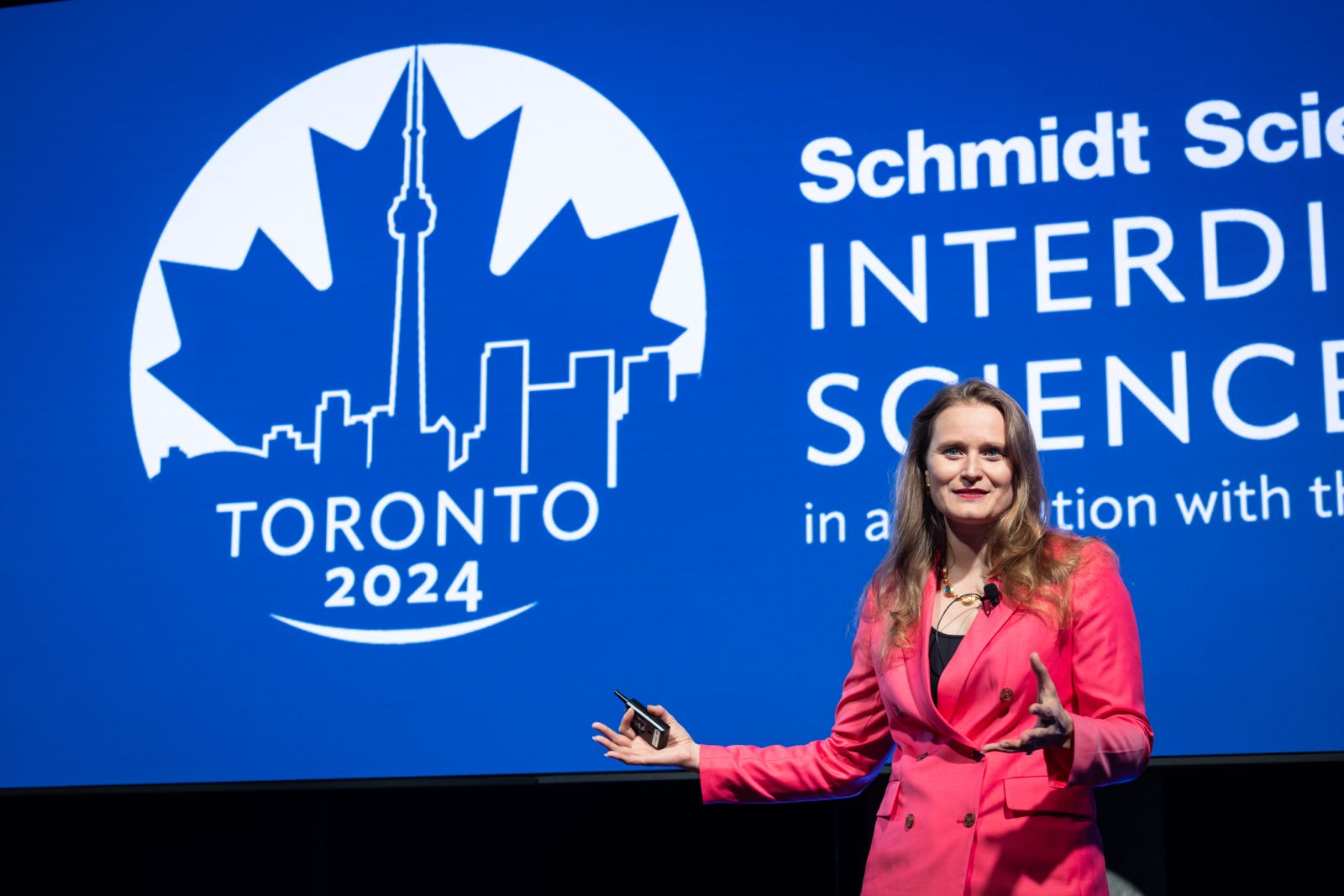Our Fellows are trailblazers and pioneers, harnessing the potential of interdisciplinary science to tackle the world’s most pressing challenges. We believe when interdisciplinary science can flourish without limit, scientists make bigger discoveries more quickly to benefit the world and drive innovation that improves quality of life for everyone.
Our latest series of ‘We Are Schmidt Science Fellows’ films follows three Fellows, exploring their science, motivations, and how they aim to make a difference in the world. At the center of each is their interdisciplinary science and their journey to cross disciplinary boundaries.
Manuel Razo-Mejia is a 2021 Fellow at Stanford University. He is working to understand evolutionary questions relevant to understanding how various microbial pathogens can evolve antibiotic resistance through different genetic paths. Born and raised in Leon Guanajuato, Mexico, Manuel comes from a non-traditional scientific background where his experiences have strongly influenced how he tackles problems and finds alternative solutions.
Manuel is captivated by the idea that we can understand the phenomena of life through the quantitative lenses of the physical sciences. Here he describes his ambitions and what he hopes to achieve with his science:
“Evolution is the unifying principle across all life sciences. Darwin’s insight gave us the path to understand not only the diversity but the unity of the living world. Moreover, evolution is at the forefront of societal problems such as viral evolution and antibiotic resistance. Thus, more than a qualitative understanding of the evolutionary process will be required if we are going to tackle these big problems. That is why we need an interdisciplinary approach in the data-rich moment we are going through in biological research. Understanding and predicting evolution will require biology, physics, and machine learning insights.
My current research focuses on understanding and predicting how microorganisms adapt to novel environments. We use modern genetic barcoding techniques and DNA and RNA sequencing to track the dynamics of an evolving population. We then use physics-inspired computational approaches to understand how mutations lead to the adaptation of specific lineages within this evolving population.
Physics is not a discipline but a way of understanding the natural world through simple models and quantitative reasoning. I believe that applying this way of thinking to the living world will give us deeper insights into the inner working of every organism on this planet. I want to put my grain of salt towards making this vision come true.”


